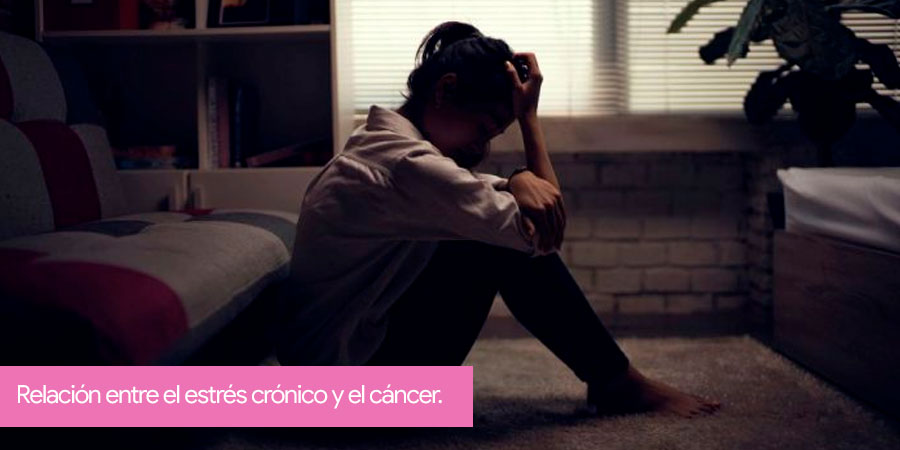![[:es]Extirpar Utero no es necesario Extirpar los ovarios[:]](https://drlucasminig.com/en/wp-content/uploads/logotipo-lucas-minig.jpg)
It is not always necessary to remove the ovaries in women who undergo the removal of the uterus
The only known function of the uterus is to contain and allow for the growth of the embryo during pregnancy, and promote the expulsion when labor comes.
On the other hand, the ovaries have the main role of producing sexual hormones (mainly estrogen and progestin) and produce the ovum for reproduction to happen.
But in women that need to have their uterus removed for any reason and still get their periods, thus their ovaries are still producing hormones, CAN THE OVARIES BE LEFT IN PLACE?
You can watch the YouTube video https://www.youtube.com/watch?v=vNSxy5yDOKI
Laparoscopic hysterectomy preserving the ovaries.
Transcript of the video
There are women with a uterus disease that compels us to perform a hysterectomy, meaning the surgical removal of the uterus, but who are still of reproductive age, thus with their menstrual cycles and their ovaries working. So the question is if it is possible to remove the uterus and preserve the ovaries, namely avoid a surgical menopause. Well, on one hand, the uterus has the function of receiving the embryo after being fertilized in the tube, while the ovaries have a double function; one the one hand, they produce the ovum which is the cell that fuses with the sperm cell and makes offspring possible, and on the other hand, it is the one in charge of producing sex hormones, mainly estrogen and progestin, which start falling significantly with the beggining of menoupause and that is why the woman stops having menstrual cycles, but that after menoupause, nowadays we know they still produce estrogen and progestin but in low doses.
So, here you can see the uterus in the middle together with the tubes and ovaries on each side, that is why in women in the need of uterus removal and still functioning ovaries because they have menstrual cycles, I insist, only the Fallopian tubes are removed, as you can see here, but the ovaries are left in place.
In those women in whom the ovaries need to be removed as well, we cut past them to section them; while in this type of cases for example where the woman has functioning ovaries we section distally between the ovary and the uterus to preserve them. Then we keep separating the uterus from adjacent structures such as ligaments or the bladder itself and that green device you can see here is nothing more than a uterine mover that we put in place before the surgery that allows for correct identification of the precise limit where we have to section to separate the uterus from the vagina.
Finally, as you can see here, the uterus together with the tubes is removed through the vagina and the ovaries as you can see on each side in white remain inside the woman’s body.
The procedure finishes with the closure of the vaginal vault via laparoscopy and that is why we recommend women not to have sexual intercourse durig at least 30 to 40 days preciselly to avoid that this wound that has not healed jet, opens.
That is why, as you have been able to see, it is totally feasible during a hysterectomy to preserve both of the ovaries in women with still functioning ovaries. This will allow us to solve the uterine problem that forced the surgical intervention but avoid a surgical menopause with all of the negative consequences this can have over the queality of life and life expectancy of each of the women.

![[:es]No atender tratamiento cáncer de ovario a tiempo empeora el pronóstico[:]](https://drlucasminig.com/en/wp-content/uploads/demora-tratamiento-cancer-de-ovario-puede-empeorar-pronostico-drlucasminig-doctor-cirugia-de-ovarios.jpg)



